
The photograph shows President Barack Obama with his wife, First Lady Michelle Obama, waving during one of the inaugural balls, back in 2009. The picture stands out for the sea of people holding their cellphones and cameras back, all at the ready to take and share images of the presidential couple. Taken by Elliott Erwitt, the photograph is a centerpiece of a new exhibition that explores the role of images in presidential campaigns at the Southampton Arts Center.
“Winning the White House: From Press Prints to Selfies,” organized in partnership with the International Center of Photography and curated by Susan Carlson and Claartje van Dijk, surveys the political visuals landscape from the 1960s onward, from the rise of television to the saturation of social media photographs.
Carlson tells TIME that she and van Dijk were “trying to think through what the evolutions were in the history” of visuals in political coverage. Carlson says each section touches themes from its time period, including the prominence of television (1960-1976); the role of entertainment and show business (1980-88); the rise of cable news (1992-2004); the emergence of internet campaigns (2000s); and the explosion of the social media landscape (present). The curators used this “history trajectory” to guide their research through the work of professional photojournalists, portrait photographers, artists and amateur photography.
The exhibition juxtaposes the carefully crafted self-image put forth by campaigns with the image in media and that created by the public—displaying campaign ephemera, posters, and video materials created for candidates alongside editorial, portrait and amateur images.
Carlson says they also know they wanted “to do something with selfies, since that’s become so much of visual vernacular of campaign photography” with the prominence of smartphone ownership and usage of photography-driven apps like Instagram that result in an incredible volume of instantaneous imagery. “I think ICP’s role is really to try to understand this moment in time in which we’re all using images to communicate,” ICP Executive Director Mark Lubell tells TIME in explaining the selection of this topic for the exhibition. “From ICP’s standpoint, we really are exploring this moment of how visual communication is having a major sort of impact. Not only this presidential election. But as a society as a whole.”
Chelsea Matiash is TIME’s Deputy Multimedia Editor. Follow her on Instagram and Twitter @cmatiash.
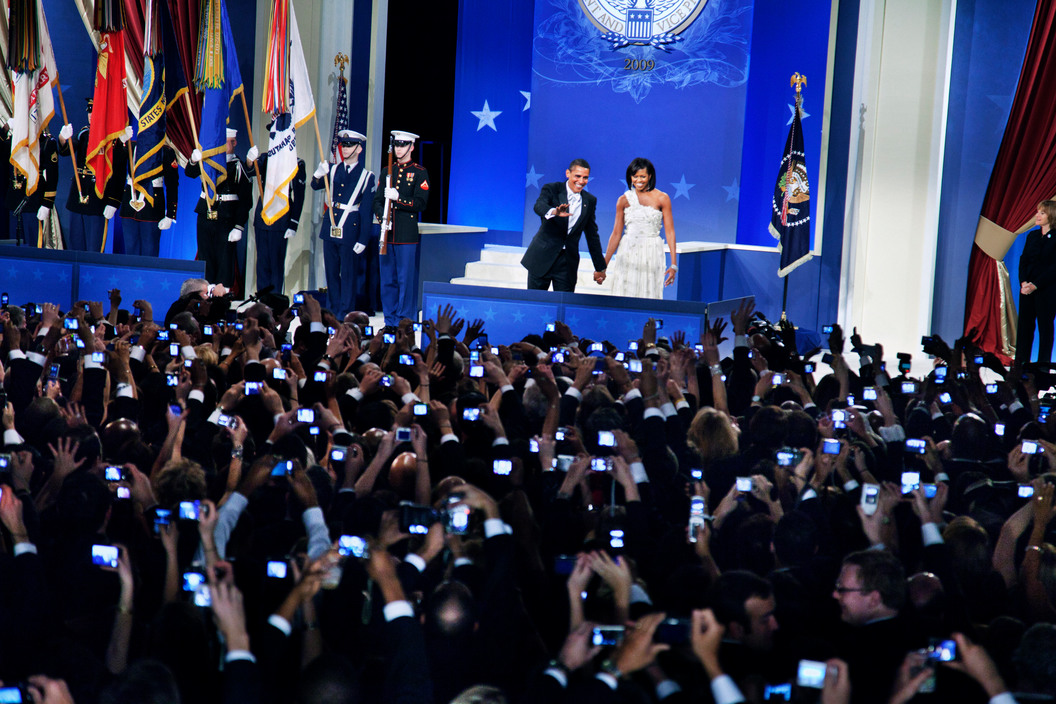
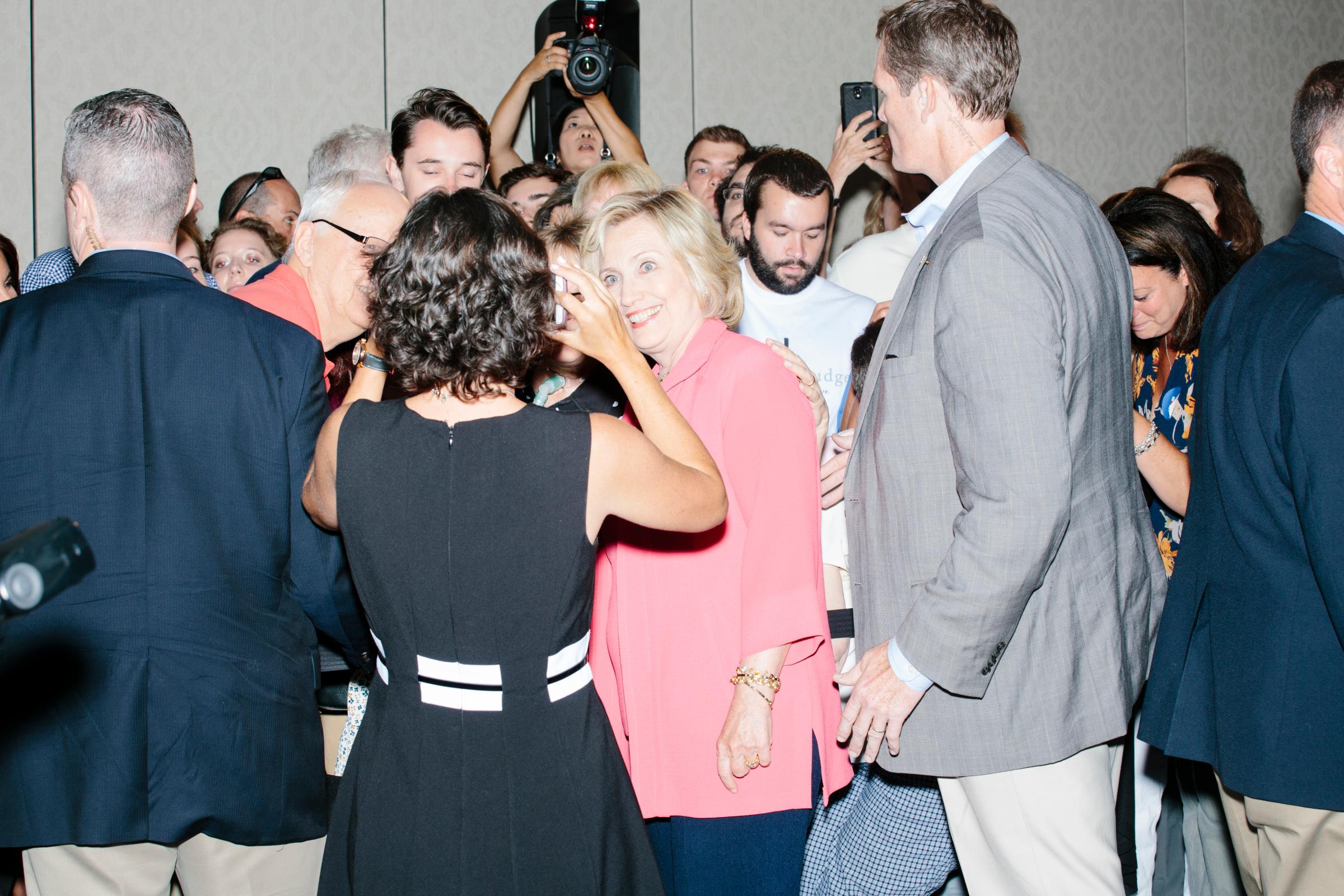






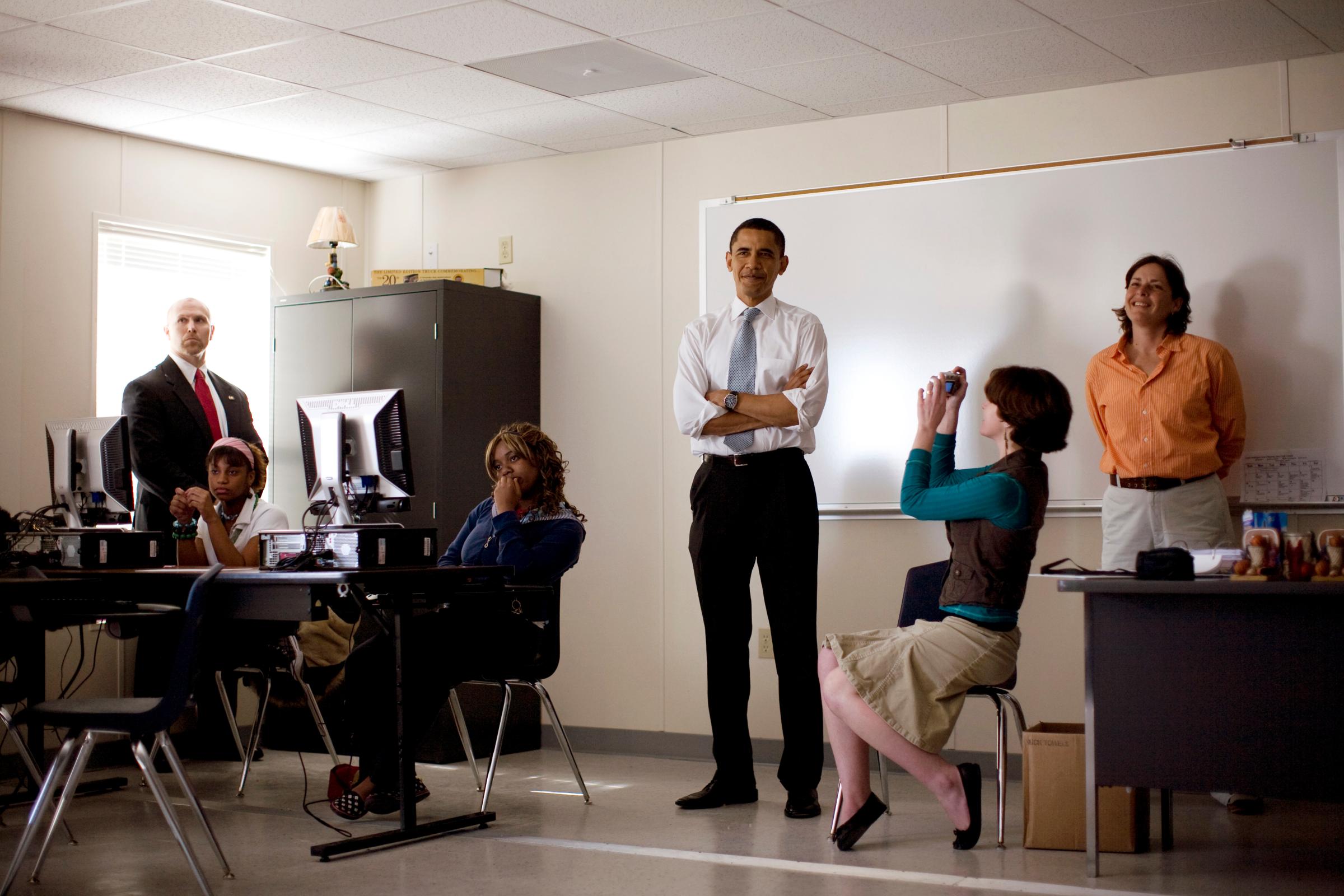
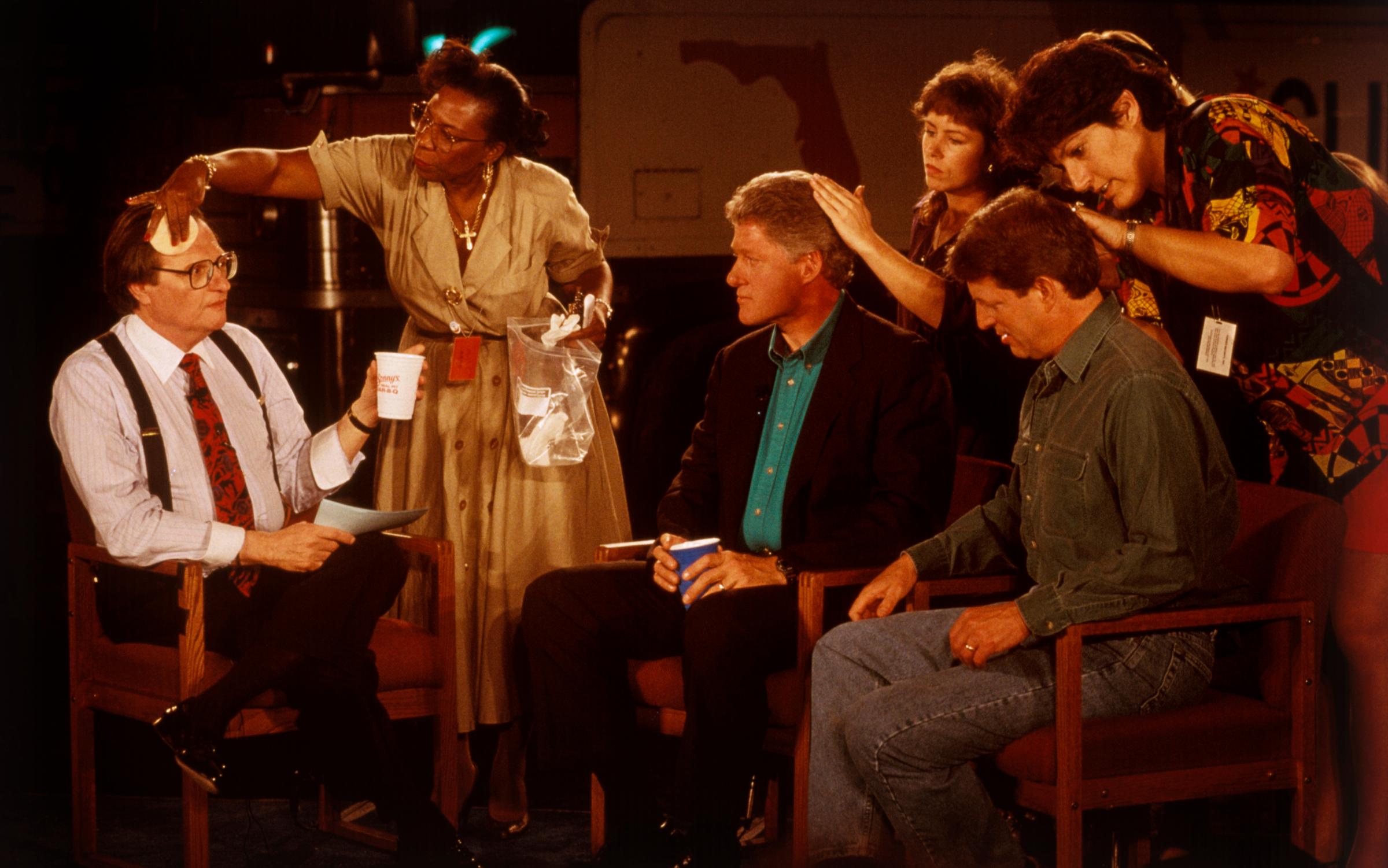



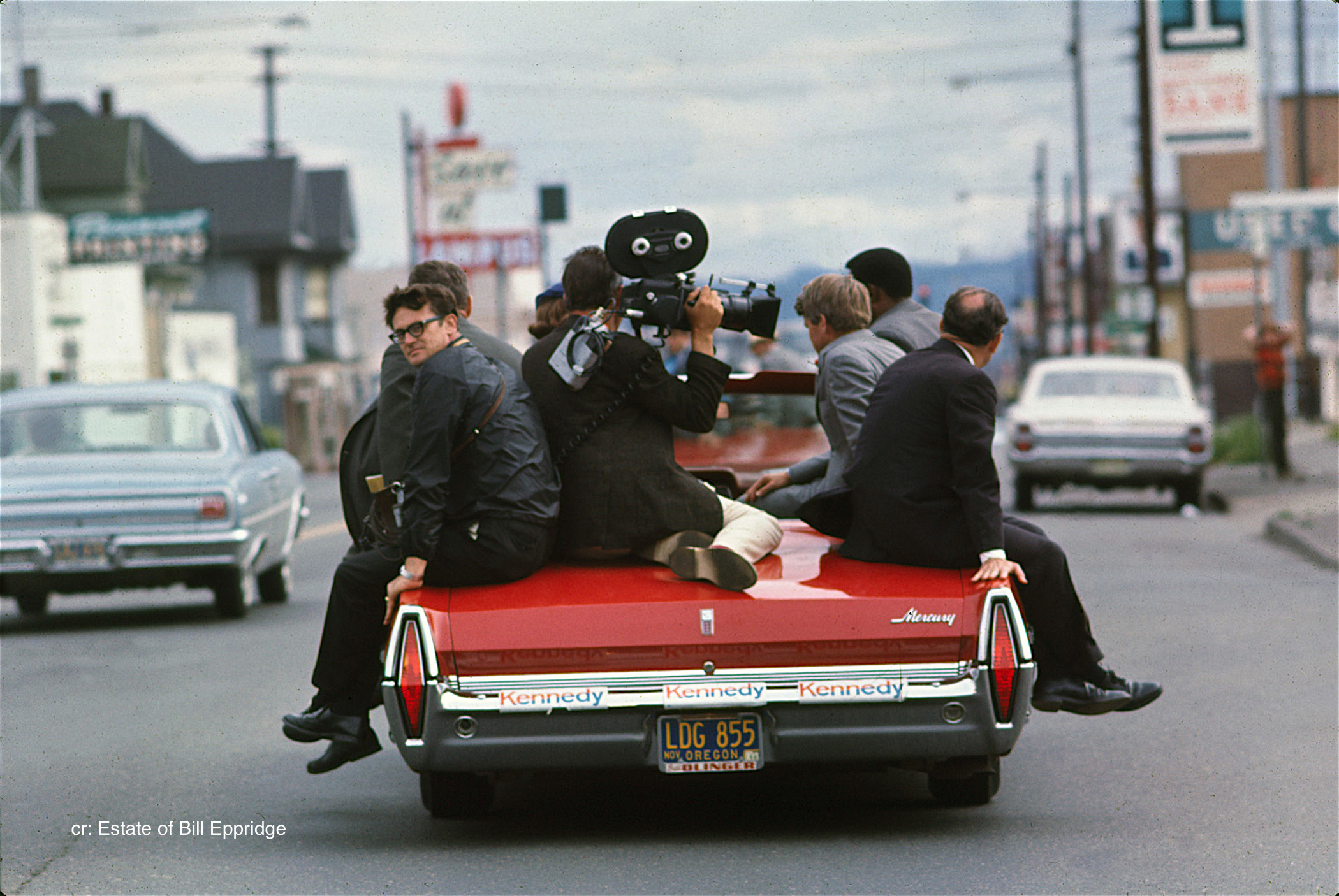



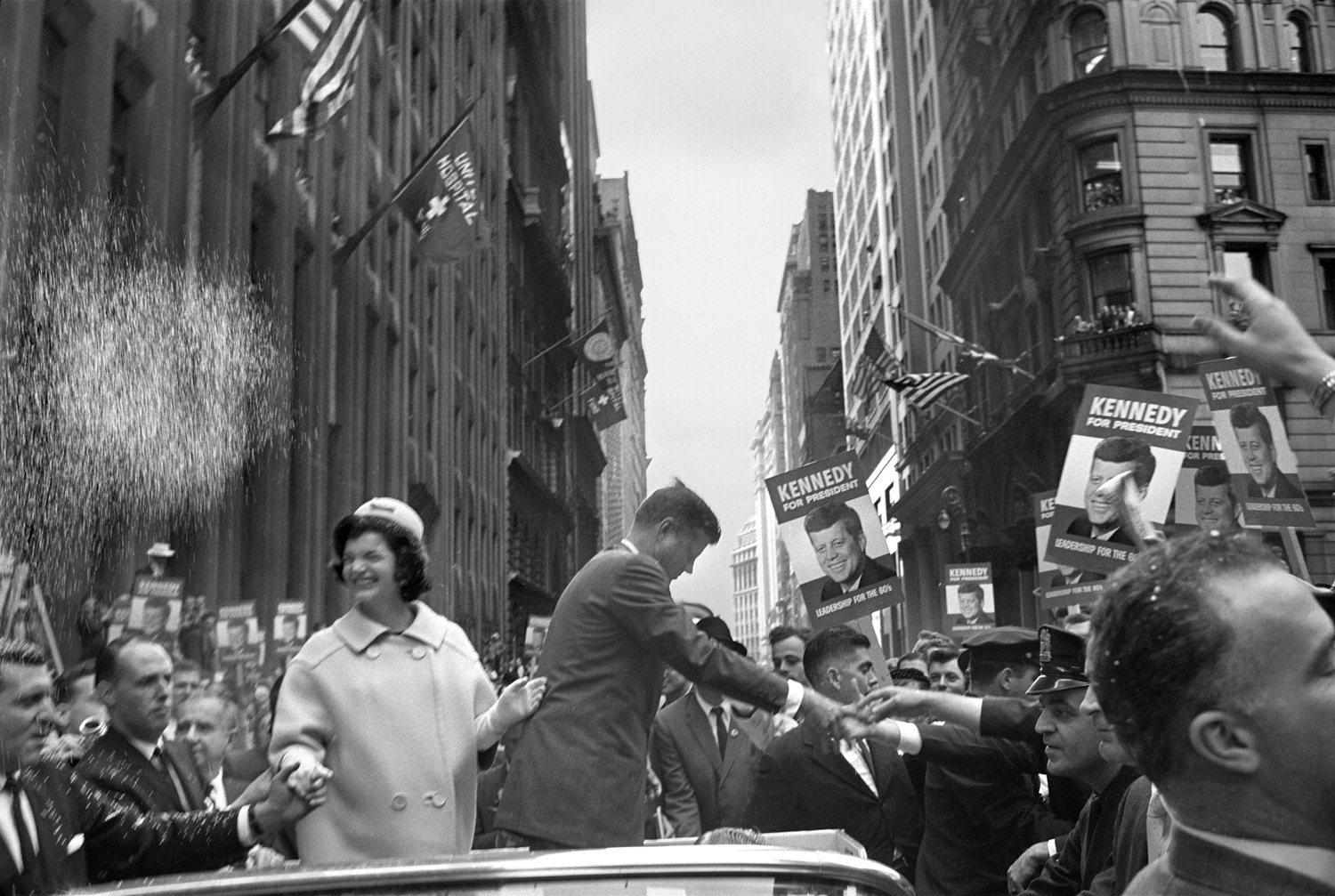
More Must-Reads from TIME
- Cybersecurity Experts Are Sounding the Alarm on DOGE
- Meet the 2025 Women of the Year
- The Harsh Truth About Disability Inclusion
- Why Do More Young Adults Have Cancer?
- Colman Domingo Leads With Radical Love
- How to Get Better at Doing Things Alone
- Michelle Zauner Stares Down the Darkness
Contact us at letters@time.com